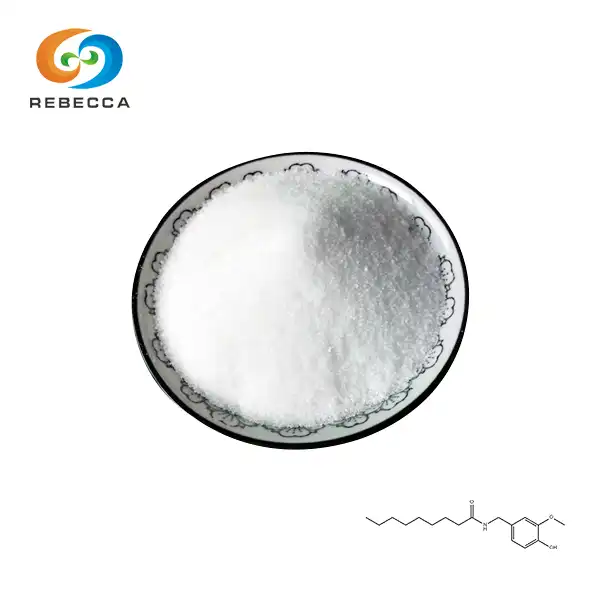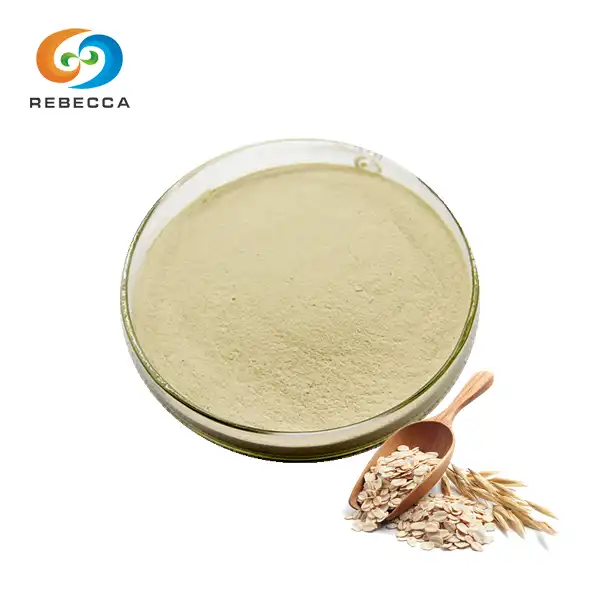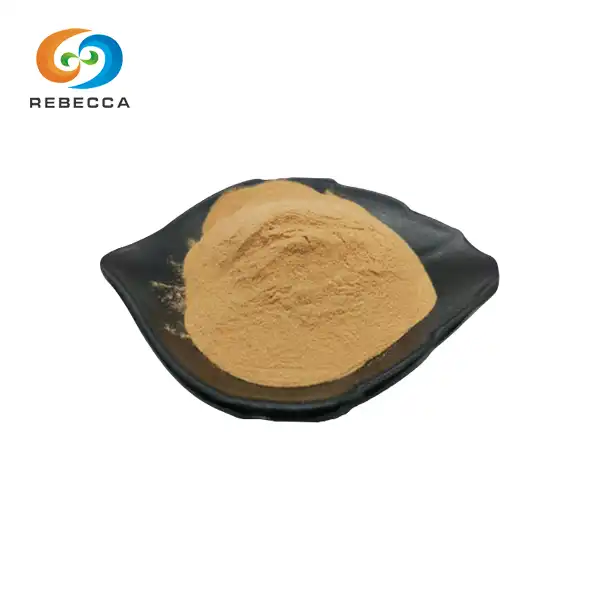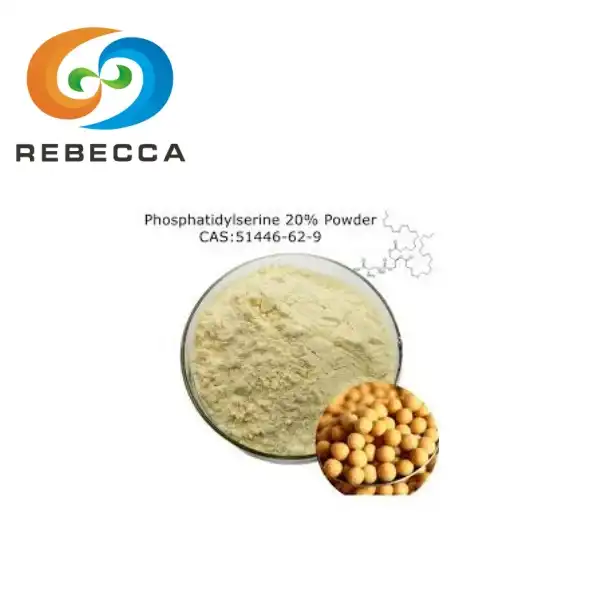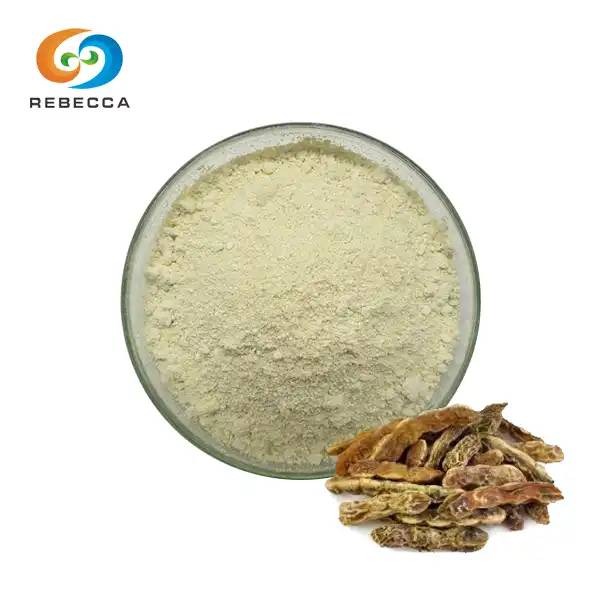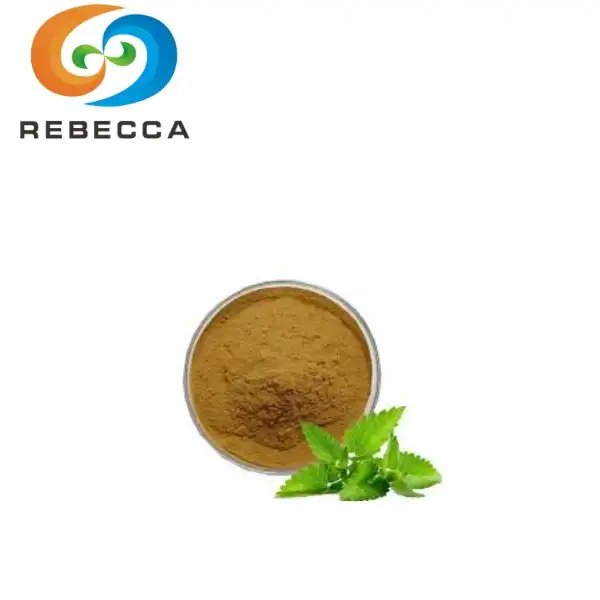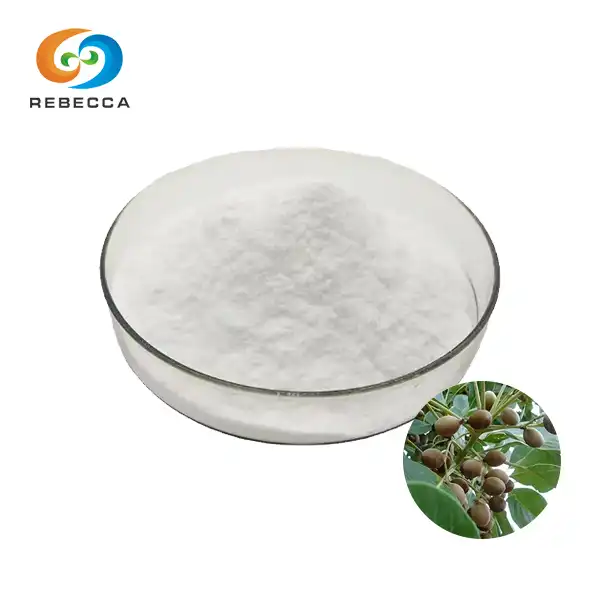How does ecdysterone compare to traditional anabolic steroids?
Ecdysterone has been gaining attention in the fitness and bodybuilding world as a potential natural alternative to anabolic steroids. But how does this plant-derived compound really stack up against traditional steroids? In this comprehensive guide, we'll explore the benefits, safety profile, and proper usage of ecdysterone compared to anabolic steroids to help you make an informed decision about supplementation.
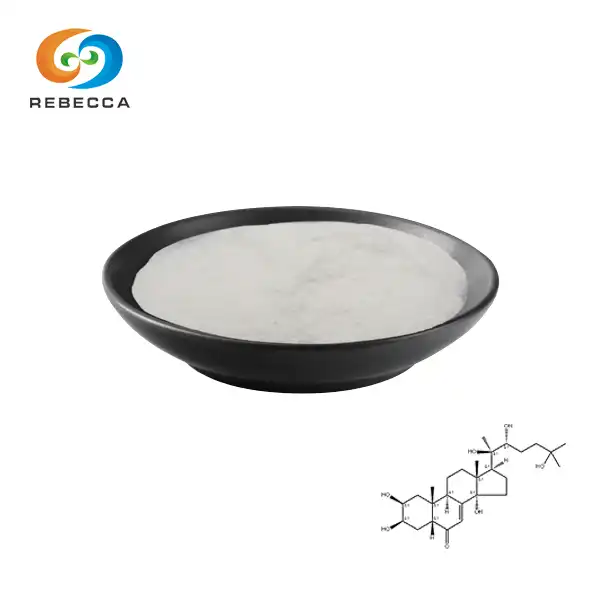
English name: Ecdysterone
Latin Name: Cyanotis arachnoidea CB.Clarke
CAS No.: 5289-74-7
Molecular Formula: C27H44O7
Active ingredients: 20-hydroxyecdysterone;beta-ecdysterone;
Specification: 80%—95%UV, 50%—95%HPLC
Use Part :Root
Appearance: White, Light Yellow, Brown Crystalline Powder
Mesh size:80 Mesh
Test Method: UV, HPLC
Benefits of ecdysterone for muscle growth
Ecdysterone is a naturally-occurring ecdysteroid found in certain plants like spinach and quinoa. Research suggests it may offer some intriguing benefits for muscle growth and athletic performance:
Increased protein synthesis
One of the primary mechanisms behind ecdysterone's muscle-building effects is its ability to enhance protein synthesis. Studies indicate ecdysterone can stimulate muscle protein synthesis to a similar degree as some anabolic steroids, but through different pathways. It appears to activate the PI3K/Akt signaling pathway, which plays a key role in muscle growth.
Enhanced strength and power output
Research on athletes has demonstrated that ecdysterone supplementation can lead to notable increases in muscle strength and power output. A 10-week study on resistance-trained men found that those taking ecdysterone experienced significantly greater gains in bench press and squat performance compared to a placebo group.
Improved body composition
In addition to building lean muscle mass, ecdysterone may help reduce body fat. Animal studies suggest ecdysterone can increase metabolic rate and fat oxidation. This could potentially lead to improvements in overall body composition when combined with resistance training.
Faster recovery
Anecdotal reports from athletes indicate that ecdysterone may aid in post-workout recovery by reducing muscle soreness and fatigue. This could allow for more frequent and intense training sessions over time.
Is ecdysterone safer than anabolic steroids?
While ecdysterone shows promise for enhancing athletic performance, many wonder how its safety profile compares to traditional anabolic steroids. Let's examine some key differences:
Hormonal effects
Unlike anabolic steroids which directly impact testosterone and other hormone levels, ecdysterone does not appear to significantly alter endogenous hormone production. This means it is less likely to cause the severe hormonal imbalances associated with steroid use.
Liver toxicity
Oral anabolic steroids are notoriously harsh on the liver, often leading to elevated liver enzymes and potential damage with prolonged use. Current research indicates ecdysterone does not exhibit the same hepatotoxic effects, making it potentially safer for long-term supplementation.
Cardiovascular risks
Anabolic steroids are known to negatively impact cholesterol levels and increase the risk of cardiovascular issues. Early studies on ecdysterone suggest it may actually have beneficial effects on lipid profiles and cardiovascular health, though more research is needed.
Androgenic side effects
Many of the undesirable side effects of steroid use stem from their androgenic properties - things like acne, male pattern baldness, and virilization in women. It does not bind to androgen receptors, so it's unlikely to cause these androgen-related side effects.
Legal status
While anabolic steroids are controlled substances in many countries, the product is currently legal and widely available as a dietary supplement. This makes it a more accessible option for those seeking performance enhancement without legal risks.
Ecdysterone dosage and usage for athletes
If you're considering adding ecdysterone to your supplement regimen, it's important to understand proper dosing and usage guidelines:
Recommended dosage
Most studies on ecdysterone have used doses ranging from 200mg to 800mg per day. A common starting point is 500mg daily, divided into two doses. Some athletes report benefits with higher doses up to 1000mg per day, but it's advisable to start lower and assess your individual response.
Cycling and duration
While ecdysterone appears to have a good safety profile, many users opt to cycle their usage. A common approach is 8-12 weeks on, followed by a 4-week break. This may help prevent tolerance build-up and ensure continued effectiveness.
Stacking with other supplements
Ecdysterone can be effectively combined with other natural performance enhancers like creatine, beta-alanine, and protein powders. Some users report synergistic effects when stacking ecdysterone with adaptogens like Rhodiola rosea or other plant-based anabolics.
Timing of intake
For optimal results, it's recommended to split your ecdysterone dosage into two daily servings. Many users take half their dose in the morning and the other half post-workout or before bed. Consistent daily intake is key for seeing results.
Diet and training considerations
Like any supplement, it works best when combined with a proper diet and training program. Ensure you're consuming adequate protein and calories to support muscle growth, and follow a progressive resistance training routine to maximize the anabolic effects of ecdysterone.
Conclusion
Ecdysterone presents an intriguing natural alternative to traditional anabolic steroids for those seeking to enhance muscle growth and athletic performance. While it may not match the sheer potency of synthetic steroids, it offers a significantly better safety profile and legal status. The compound's ability to stimulate protein synthesis and improve strength without the harsh side effects of steroids makes it an attractive option for athletes and bodybuilders.
As research on ecdysterone continues to evolve, we may uncover even more benefits and applications for this plant-derived compound. If you're considering adding ecdysterone to your supplement stack, be sure to source a high-quality product from a reputable ecdysterone supplier. Shaanxi Rebecca Biotechnology Co., Ltd. is a leading manufacturer specializing in premium ecdysterone extracts derived from carefully cultivated botanical sources. Our advanced processing techniques ensure maximum potency and purity in every batch. To learn more about our ecdysterone products or discuss bulk ordering options, please contact us at information@sxrebecca.com.
FAQ
Is ecdysterone legal for competitive athletes?
Currently, ecdysterone is not banned by most major sports organizations. However, it is on WADA's monitoring list, so its status may change in the future.
How long does it take to see results from ecdysterone?
Most users report noticing improvements in strength and muscle fullness within 2-4 weeks of consistent use. More significant gains in muscle mass typically become apparent after 8-12 weeks.
Are there any known side effects of ecdysterone?
Ecdysterone is generally well-tolerated. Some users report mild gastrointestinal discomfort when first starting, which usually subsides. As with any supplement, consult a healthcare professional before use.
References
1. Parr MK, Botrè F, Naß A, Hengevoss J, Diel P, Wolber G. Ecdysteroids: A novel class of anabolic agents? Biology of Sport. 2015;32(2):169-173.
2. Isenmann E, Ambrosio G, Joseph JF, et al. Ecdysteroids as non-conventional anabolic agent: performance enhancement by ecdysterone supplementation in humans. Archives of Toxicology. 2019;93(7):1807-1816.
3. Gorelick-Feldman J, Maclean D, Ilic N, et al. Phytoecdysteroids increase protein synthesis in skeletal muscle cells. Journal of Agricultural and Food Chemistry. 2008;56(10):3532-3537.
4. Bathori M, Toth N, Hunyadi A, Marki A, Zador E. Phytoecdysteroids and anabolic-androgenic steroids--structure and effects on humans. Current Medicinal Chemistry. 2008;15(1):75-91.
5. Dinan L. The Karlson Lecture. Phytoecdysteroids: what use are they? Archives of Insect Biochemistry and Physiology. 2009;72(3):126-141.
_1730691017423.webp)

